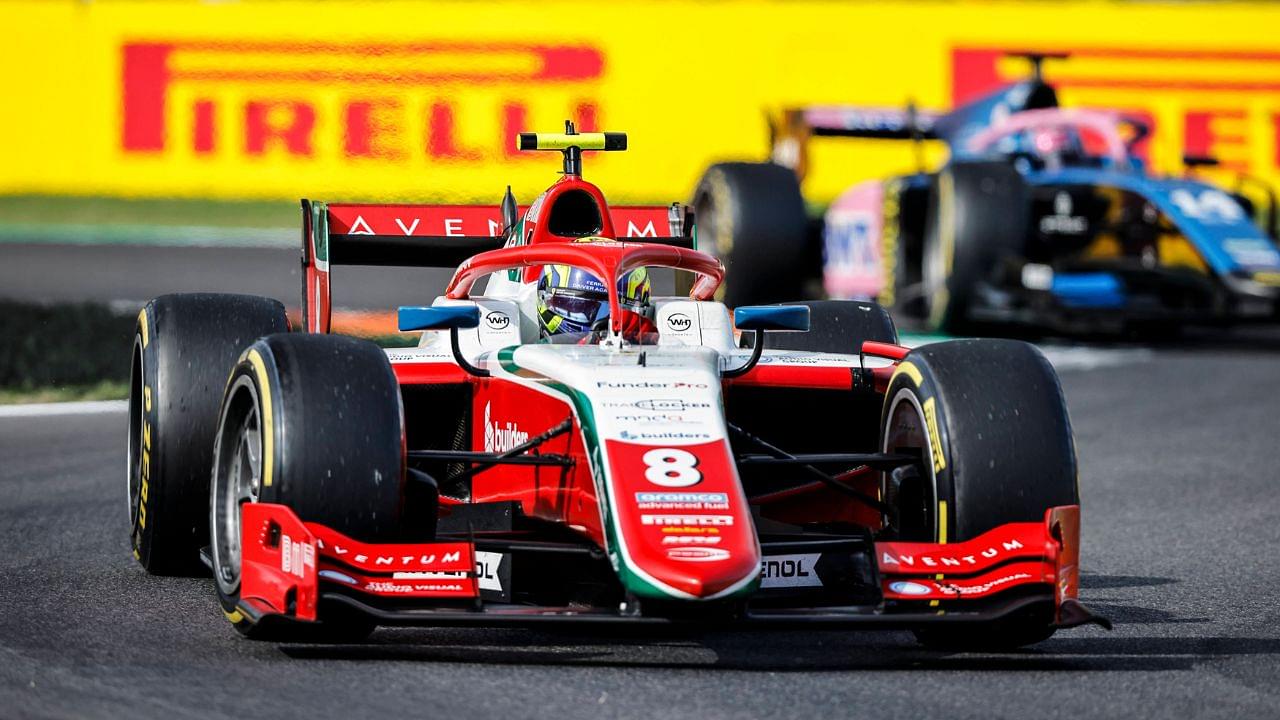While dedicated Formula 1 enthusiasts may be familiar with the distinctions between F1 and its junior categories, the newer fan base of the sport may still be unaware of how Formula 2 works. Throughout the extensive history of motorsport, Formula 2 has consistently served as the penultimate step before F1. This junior series has undergone various transformations over the years.
Initially established as open-wheel Formula racing in 1948, F2 was replaced by Formula 3000 in 1985. However, a few years later, the FIA revitalized and rebranded it from the GP2 series as the FIA Formula 2 Championship.
This secondary level of single-seater racing is widely regarded as an excellent nurturing environment for Formula 1. As an illustration, we can examine Formula 1 drivers who have achieved success as champions in the junior category. These include recent champions like Charles Leclerc (2017), George Russell (2018), and Oscar Piastri (2021). Other F2 champions who also drove in F1 for a brief period include Nyck de Vries (2019), and Mick Schumacher (2020).
Interestingly, more than half of the drivers in the F2 championship are part of an F1 academy. In this spec series, the setup ensures that the car’s performance remains identical, allowing drivers to showcase their true skills.
Format differences between F2 and F1
In the previous season, which comprised 14 race weekends, teams had to compete in two races during each event. Following a format akin to F1’s sprint weekend, practice and qualifying sessions in F2 took place on Fridays, a sprint race on Saturdays, with the main race scheduled for Sundays.
This format difference remains the greatest distinction between F1 and F2. In contrast to F1’s single-race structure on normal race weekends, F2 adopts a multi-race format. Each F2 weekend consists of both a feature race and a sprint race. The Sprint race will then require drivers to demonstrate their overtaking and racing skills in the shorter race format.
The key difference F2 implements for its sprint races is reverse grids. After the Friday qualifying sets the grid for the feature race, the top 10 order gets reversed to form the grid for the sprint races.
Meanwhile, in F1, reverse grids have been a big point of contention with many critics. Thus, in 2023, they adopted a separate sprint shootout session to set the grid for the F1 Sprint races on Saturday.
Is Formula 1 faster than Formula 2?
Unlike Formula 1, where significant investments are made in customizing cars, Formula 2 places a greater emphasis on drivers. F2 cars operate on a single-spec platform, allowing only minor adjustments. The Italian manufacturer Dallara constructs the chassis for all F2 cars, while Hewland supplies the gearboxes.
In contrast, Formula 1 teams spare no expense, spending millions to tailor their cars to specific requirements. However, to level the playing field and enhance competition, Formula 1 introduced a cost cap in 2021, initially set at $145 million. This budget restriction was further reduced to $140 million in 2022 and is set to be $135 million for the seasons spanning 2023 to 2025.
Beyond financial considerations, there are significant differences in the weight and performance of cars. In Formula 1, the car, including the driver, weighs approximately 798 kg, whereas in Formula 2, the weight is around 755 kg with the driver. Additionally, notable variations exist in the engines and speed capabilities of the two categories.
Formula 1 cars feature much more powerful engines, reaching around 1000 HP for drivers like Max Verstappen and Lewis Hamilton. In contrast, Formula 2 cars have a maximum output of approximately 620 HP. This difference in engine power translates to higher speeds for F1 cars. It may reach up to 230 MPH, compared to the maximum speed of less than 200 MPH for Formula 2 cars.
In essence, both F1 and F2 represent two distinct realms within motorsports, each serving a unique purpose. While F1 stands as the ultimate aspiration for drivers, F2 on the other hand, serves as the stepping stone.








